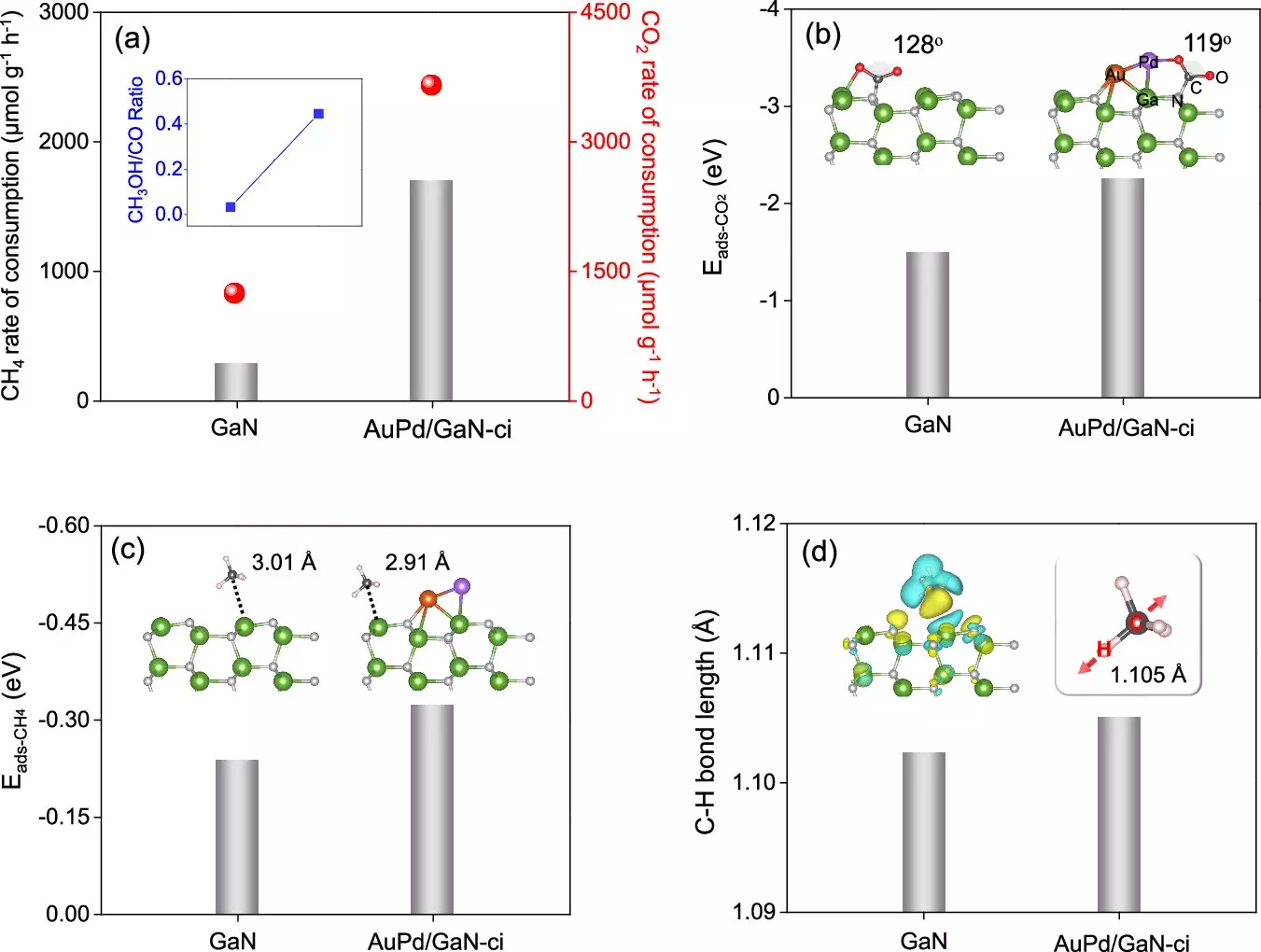In a groundbreaking development, researchers at McGill University have devised a method to utilize sunlight for converting two predominant greenhouse gases, methane and carbon dioxide, into valuable chemical products. This innovative process could potentially provide significant advancements in the battle against climate change by transforming harmful emissions into sustainable resources. By using sunlight as a catalyst for this chemical transformation, the research opens new avenues for producing clean fuels and essential industrial materials.
Imagine a scenario where the exhaust from vehicles or industrial processes could be transformed into useful products instead of contributing to environmental degradation. Hui Su, a Postdoctoral Fellow at McGill’s Department of Chemistry and a key contributor to the research, articulates this vision, stating that the new chemical process could lead to the creation of green methanol and carbon monoxide – both of which are highly sought after in various chemical industries. This perspective emphasizes the dual benefit of reducing harmful emissions while simultaneously producing commercially valuable chemicals.
The mechanism unveiled by the research team mimics the natural photosynthesis process found in plants. It leverages a unique combination of gold, palladium, and gallium nitride to act as a catalyst. When exposed to sunlight, this catalyst triggers an innovative reaction wherein an oxygen atom from carbon dioxide binds with a methane molecule, resulting in the production of green methanol while carbon monoxide is generated as a byproduct. Notably, this entire process occurs at room temperature, distinguishing it from conventional chemical reactions that typically necessitate extreme heat or corrosive substances.
According to Chao-Jun Li, the senior author and a notable figure in McGill’s chemistry department, the ability to “recycle” greenhouse gases paves the way for impactful environmental solutions. The innovation is particularly timely as Canada strives toward achieving net-zero emissions by 2050. The method provides a crucial step by turning an environmental crisis into an opportunity for developing a sustainable economy. This research not only addresses climate concerns but also reinforces the potential for integrating eco-friendly technologies into mainstream industrial practices.
The research conducted by the team at McGill University marks a significant milestone in green chemistry and climate action. By transforming two major greenhouse gases into useful products, the study provides a promising model for future technological innovations aimed at combating climate change. As the world grapples with pressing environmental issues, such radical developments emphasize the critical need for sustainable practices that capitalize on renewable energy sources. Embracing this kind of research could lead us closer to a greener, more sustainable future.


Leave a Reply